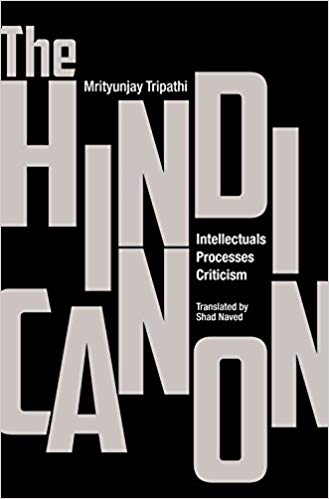All living literary traditions have not only a present and a future which are yet fully to unfold but equally so a past. A literature which does not continually interrogate, revise and reinscribe its past palimpsestically may not have much of a future to look forward to, for in literature the past never really passes away. It continues to inform, infiltrate and shape the present in all kinds of explicit and implicit ways, and is ever a site of vital contestation. ‘Who we were, what we are, and what we may now become’ (Ham kaun thay, kya ho gaye hain, aur kya honge abhi, as the poet Maithili Sharan Gupt put it in 1914 in his widely popular poem Bharat-Bharati) all remain issues to be debated within the same seamless time-frame and with the same urgency.
These are precisely the issues sought to be addressed in the book under review, The Hindi Canon, published in 2015 in Hindi under the title, Hindi Alochana Mein Canon-nirmaan ki Prakriya (The process of canon-formation in Hindi criticism). The work began as a Ph.D. dissertation at the University of Allahabad, and the author recalls with a sense of epiphany the moment that inspired it. It was a lecture delivered at that university by Namvar Singh in 1999, in which he introduced the English word ‘canon’ and said:
The history of Hindi literature constitutes a ‘canon’. From Tulsi to Nirala and Muktibodh, a canon has taken shape. The paradox of the ‘canon’ is that it belongs at the same time to the past and is absolutely contemporary (cited on p. 1).

